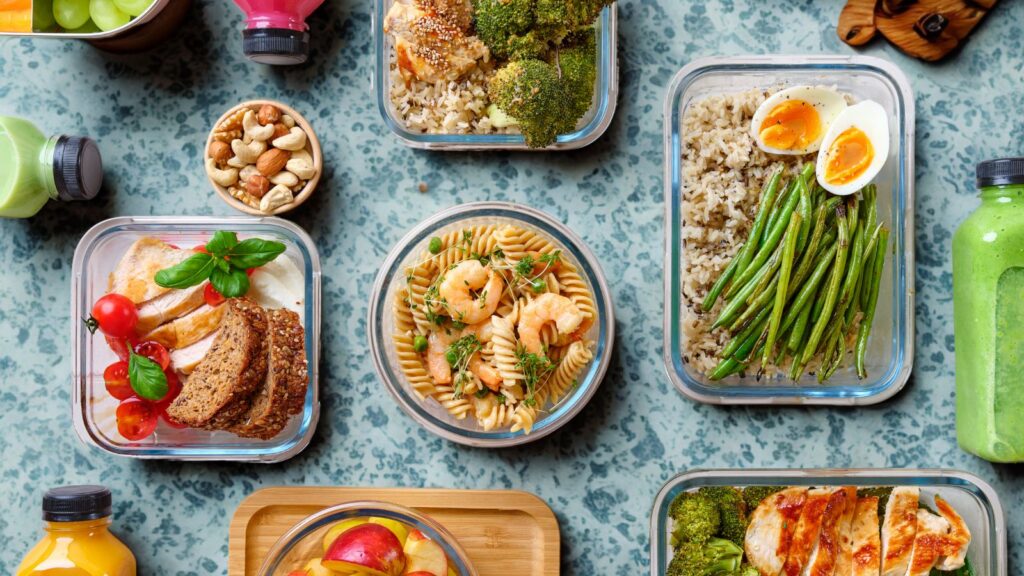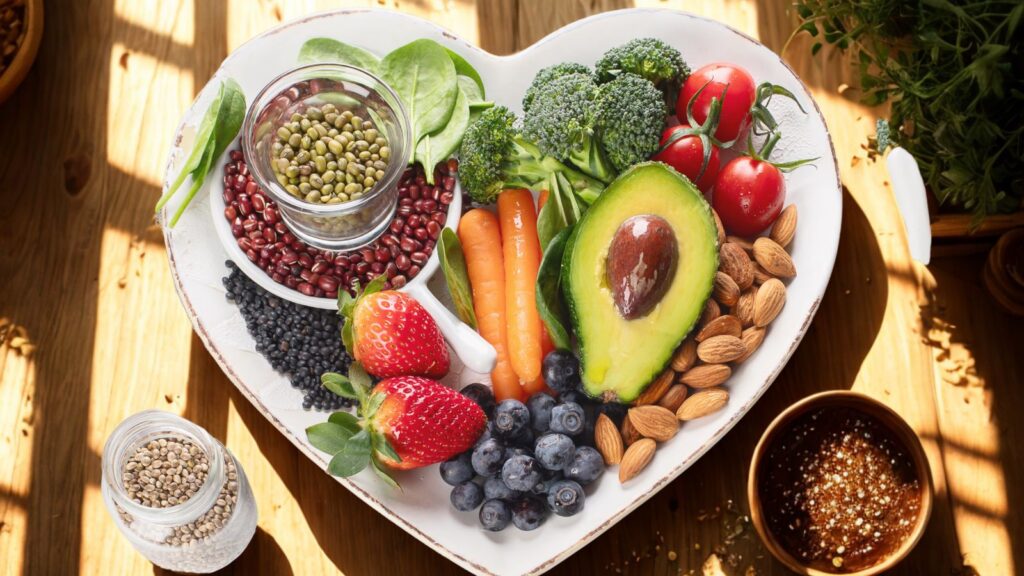
Thinking near swapping to a plant-based life? Whether you’re cutting back on core or removing it altogether, kind the Vegan, Vegetarian, and Pescatarian Diet Plan is the first step. In this guide, we’ll break down the benefits, differences, and tips to help you choose the right path for your diet and fitness journey.
What is a Vegan Diet?
A vegan diet rejects all physical products—meat, dairy, eggs, and even honey. Instead, it focuses on:
- Fruits and vegetables
- Complete grains
- Legumes like lentils and beans
- Tofu, tempeh, and other plant-based proteins
- Nuts, seeds, and plant oils
Health Benefits:
- Supports mood fitness and heaviness loss
- May decrease risk of long-lasting illnesses
- Globally bearable
What is a Vegetarian Diet?
A vegetarian diet removes meat and fish but typically includes dairy and eggs. There are some types:
- Lacto-vegetarian: Contains dairy
- Ovo-vegetarian: Contains eggs
- Lacto-ovo vegetarian: Contains both dairy and eggs
Health Benefits:
- Great in fiber and antioxidants
- Inferior fat and blood pressure
- Calmer to meet calcium and B12 needs compared to a fruitarian diet
What is a Pescatarian Diet?
A pescatarian diet is frequently plant-based then contains fish and seafood. Some pescatarians similarly eat dairy and eggs.
Common foods include:
- Salmon, tuna, shrimp, and other seafood
- Vegetables, grains, legumes
- Eggs and dairy (optional)
Health Benefits:
- Rich in thin protein and omega-3 oily acids
- Supports mind and heart fitness
- Flexible and nutrient-dense
Comparing the Vegan, Vegetarian, and Pescatarian Diet Plans
| Diet Type | Includes Animal Products | Key Protein Sources | Nutrient Watchlist |
|---|---|---|---|
| Vegan | No | Legumes, tofu, tempeh, nuts | B12, iron, omega-3, calcium |
| Vegetarian | Yes (eggs/dairy) | Eggs, dairy, legumes, nuts | Iron, omega-3, B12 |
| Pescatarian | Yes (fish/seafood) | Fish, seafood, legumes, dairy | Mercury (from fish), B12, iron |
Tips for Building a Balanced Plant-Based Meal Plan

- Contain Thin Proteins: Beans, tofu, tempeh, eggs, or seafood
- Eat the Multicolored: A change of colorful vegetables
- Don’t Miss Fit Fats: Avocados, olive oil, chia seeds
- Watch Nutrient Gaps: Addition with B12, iron, or omega-3s if needed
- Visit Hydrated and include fiber-rich carbs for energy
Transitioning to a Plant-Based Lifestyle
Not certain anywhere to begin? Here’s in what way to start your move toward a Vegan, Vegetarian, or Pescatarian Diet Plan:
- 🌱 Start by one meatless day per week (like Meatless Monday)
- 🥗 Try plant-based switches for your favorite mealtimes
- 📦 Mealtime prep to stay reliable and avoid treated foods
- 📚 Educate yourself on diet labels and food sources
Common Myths About Plant-Based Diets
- Legend: You won’t get sufficient protein
✅ Fact: Here are plenty of high-protein plant-based nutriments - Legend: It’s too luxurious
✅ Fact: Staples like rice, beans, and veggies are budget-friendly - Legend: You can’t eat out
✅ Fact: Most restaurants proposal vegan and vegetarian choices
Final Thoughts: Choosing the Right Diet Plan for You
Whether you’re going completely vegan, traveling vegetarianism, or choosing for a pescatarian routine, all diet plan offers great fitness benefits. Your special depends on your private goals, standards, and nutritious needs.
No matter which track you income, the Vegan, Vegetarian, and Pescatarian Diet Plan can help you living better, touch more eager, and bring into line your eating with your routine.
💬 Ready to Get Started?
Discover your ideal plan with our modified Macro Calculator or sign up for our Plant-Based Meal Plan Program today.
